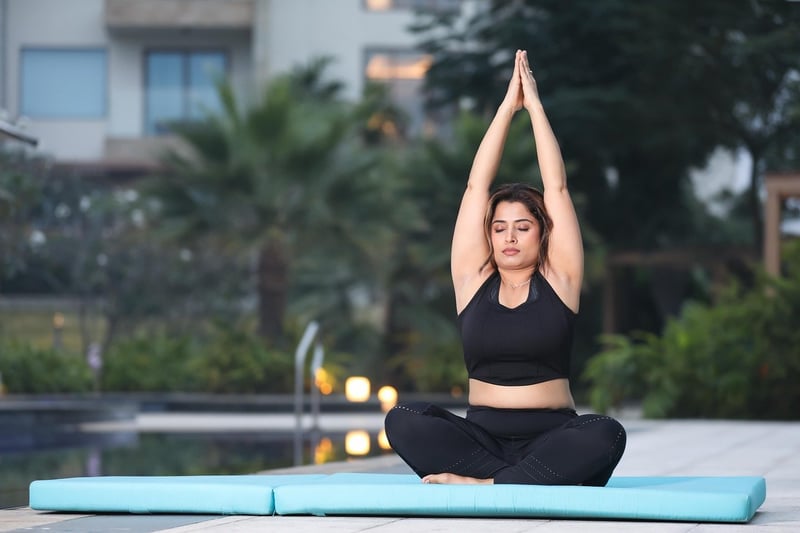Deep Breathing Exercises
Mastering Breath Control: Deep Breathing Techniques
Learning to control your breath can have a profound impact on your physical and mental well-being. Whether you're an athlete looking to improve performance, someone seeking stress relief, or simply interested in enhancing your overall health, mastering deep breathing techniques can be beneficial. Here are some effective techniques to help you harness the power of your breath:
1. Diaphragmatic Breathing
Also known as belly breathing, diaphragmatic breathing involves using your diaphragm to take deep breaths. To practice this technique, place one hand on your chest and the other on your abdomen. Inhale deeply through your nose, allowing your abdomen to rise while keeping your chest relatively still. Exhale slowly through your mouth, feeling your abdomen fall. Repeat this for several breaths.
2. Box Breathing
Box breathing is a technique used by many to promote relaxation and focus. Start by inhaling deeply for a count of four, hold your breath for a count of four, exhale for a count of four, and then hold your breath again for a count of four. Repeat this pattern several times, visualizing a square or box as you breathe.
3. Alternate Nostril Breathing
This yogic breathing technique aims to balance the flow of energy in the body. Sit comfortably with your spine straight. Use your right thumb to close your right nostril and inhale through your left nostril. Close the left nostril with your ring finger, release the right nostril, and exhale through the right nostril. Inhale through the right nostril, close it, release the left nostril, and exhale through the left nostril. Repeat this cycle.
4. Breath Counting
Simple yet effective, breath counting involves focusing on your breath and counting each inhale and exhale. Start by inhaling, then exhale while silently counting "one." Inhale again, then exhale while counting "two." Continue this pattern up to a count of five, then start again at one. This practice can help improve concentration and mindfulness.
5. Resonant Breathing
Resonant breathing involves breathing at a rate of about five breaths per minute, which is considered to be the resonant frequency for heart rate variability. To practice, inhale for a count of about 5 seconds and exhale for a similar duration. This technique can help calm the nervous system and reduce stress.
Benefits of Deep Breathing Exercises
- Reduces stress and anxiety
- Improves focus and concentration
- Enhances athletic performance
- Promotes relaxation and better sleep
- Boosts overall respiratory health
Integrating deep breathing exercises into your daily routine can have a transformative impact on your physical and mental well-being. Take the time to explore these techniques and find what works best for you. Remember, the power to calm your mind and body is just a deep breath away!

